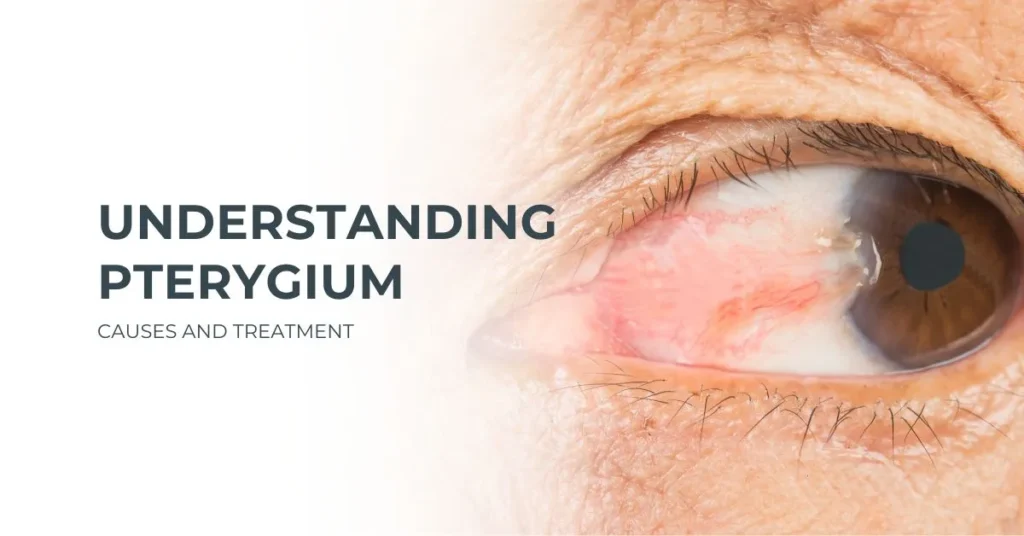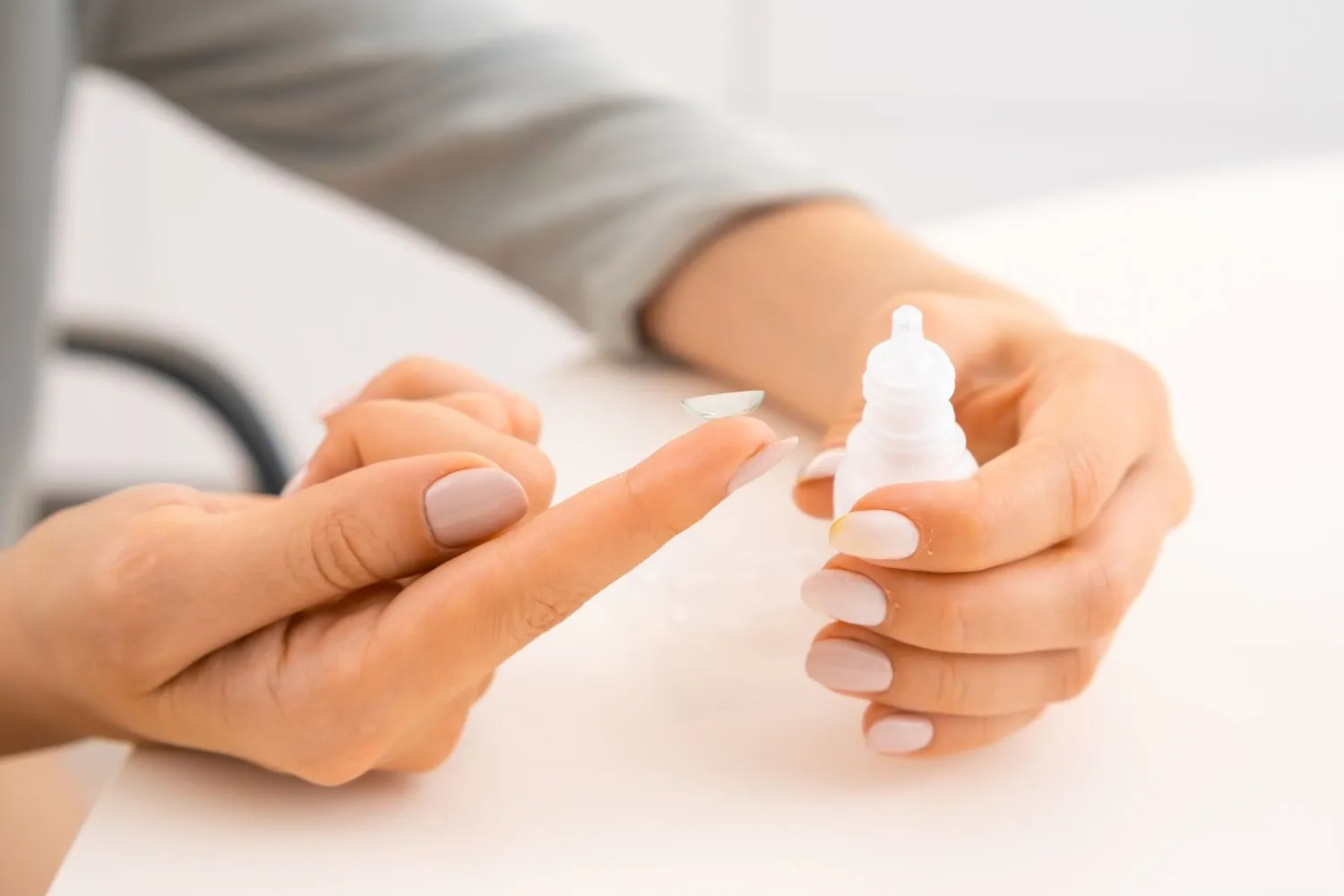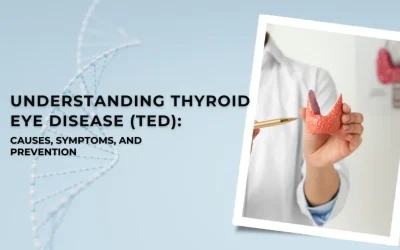Understanding Pterygium: Causes and Treatment

Pterygium, commonly known as “surfer’s eye,” is a prevalent eye condition that affects millions of people worldwide.
Pterygium is a benign, wedge-shaped growth of the conjunctiva, the clear tissue that covers the white part of the eye (sclera) and the inside of the eyelids. This growth can extend onto the cornea, the transparent front part of the eye, potentially affecting vision. While pterygium is generally not harmful, it can cause discomfort and, in severe cases, impair vision.
Causes of Pterygium

The exact cause of pterygium is not fully understood, but several factors are known to contribute to its development:
- UV Exposure: Prolonged exposure to ultraviolet (UV) radiation from the sun is a significant risk factor. Individuals who spend a lot of time outdoors, especially in sunny or high-altitude environments, are more prone to developing pterygium.
- Environmental Irritants: Wind, dust, sand, and smoke can irritate the eyes and contribute to the formation of pterygium. These irritants cause chronic inflammation, which can lead to the growth of conjunctival tissue.
- Dry Eyes: Chronic dryness of the eyes can also play a role in the development of pterygium. When the eyes are dry, the conjunctiva becomes more susceptible to irritation and inflammation.
- Genetics: There may be a hereditary component to pterygium, as it can run in families. Individuals with a family history of pterygium may be at a higher risk.

Symptoms of Pterygium
The symptoms of pterygium can vary depending on the size and location of the growth. Common symptoms include:
- Redness: The affected area may become red and inflamed, especially when exposed to environmental irritants.
- Irritation: The eye might feel itchy, gritty, or have a burning sensation.
- Visual Disturbances: If the growth extends onto the cornea, it can cause blurry vision or astigmatism.
- Foreign Body Sensation: Some people feel like there is something in their eye, leading to discomfort and frequent eye rubbing.
Treatment of Pterygium
Treatment for pterygium depends on the severity and symptoms of the condition. Here are some common treatment options:
- Observation: In cases where the pterygium is small and not causing significant symptoms, doctors may choose to monitor it over time. Regular check-ups can help track any changes in size or symptoms.
- Lubricating Eye Drops: Artificial tears can alleviate dryness and irritation. Regular use of lubricating eye drops can help keep the eyes moist and reduce the symptoms associated with pterygium.
- Surgical Removal: If the pterygium is causing significant discomfort, vision problems, or cosmetic concerns, surgical removal may be necessary. Surgical options include:
- Simple Excision: This involves removing the pterygium and allowing the area to heal on its own. While effective, this method has a higher risk of recurrence.
- Excision with Conjunctival Autograft: In this procedure, the pterygium is removed, and the affected area is covered with a graft taken from the patient’s own conjunctiva. This technique significantly reduces the risk of recurrence.
- Amniotic Membrane Transplantation: This involves using a piece of amniotic membrane (from a donor) to cover the area where the pterygium was removed. The amniotic membrane promotes healing and reduces the risk of recurrence.

Prevention of Pterygium
While it may not be possible to prevent pterygium entirely, there are steps you can take to reduce your risk:
- Wear Sunglasses: Protect your eyes from UV radiation by wearing sunglasses that block 100% of UVA and UVB rays. Wraparound styles provide additional protection from wind, dust, and other environmental irritants.
- Use Protective Eyewear: If you work in environments with high exposure to dust, wind, or chemicals, use appropriate protective eyewear to shield your eyes.
- Keep Eyes Moisturized: Use artificial tears regularly to keep your eyes lubricated, especially if you live in a dry or windy climate.
- Limit Sun Exposure: Limit your time outdoors during peak sunlight hours, typically between 10 a.m. and 4 p.m.
Conclusion
Pterygium is a common eye condition that, while generally benign, can cause discomfort and visual disturbances. Understanding the causes and symptoms of pterygium can help in early detection and effective management. If you experience symptoms of pterygium, consult an eye care professional to determine the best course of treatment for your specific situation. By taking preventive measures and seeking appropriate treatment, you can maintain healthy eyes and clear vision
Book your appointment now for all eye-related services.
Your Vision Our Focus


